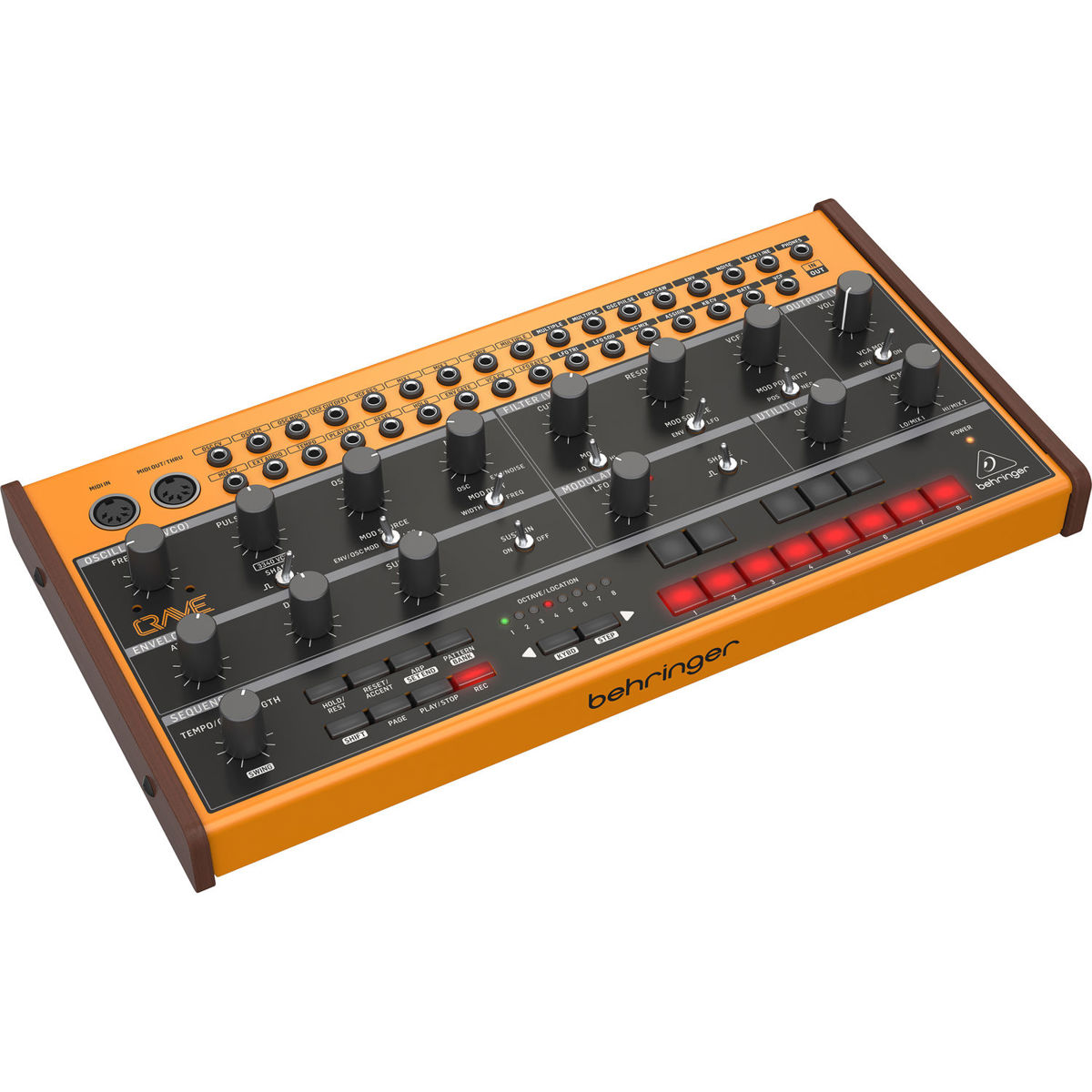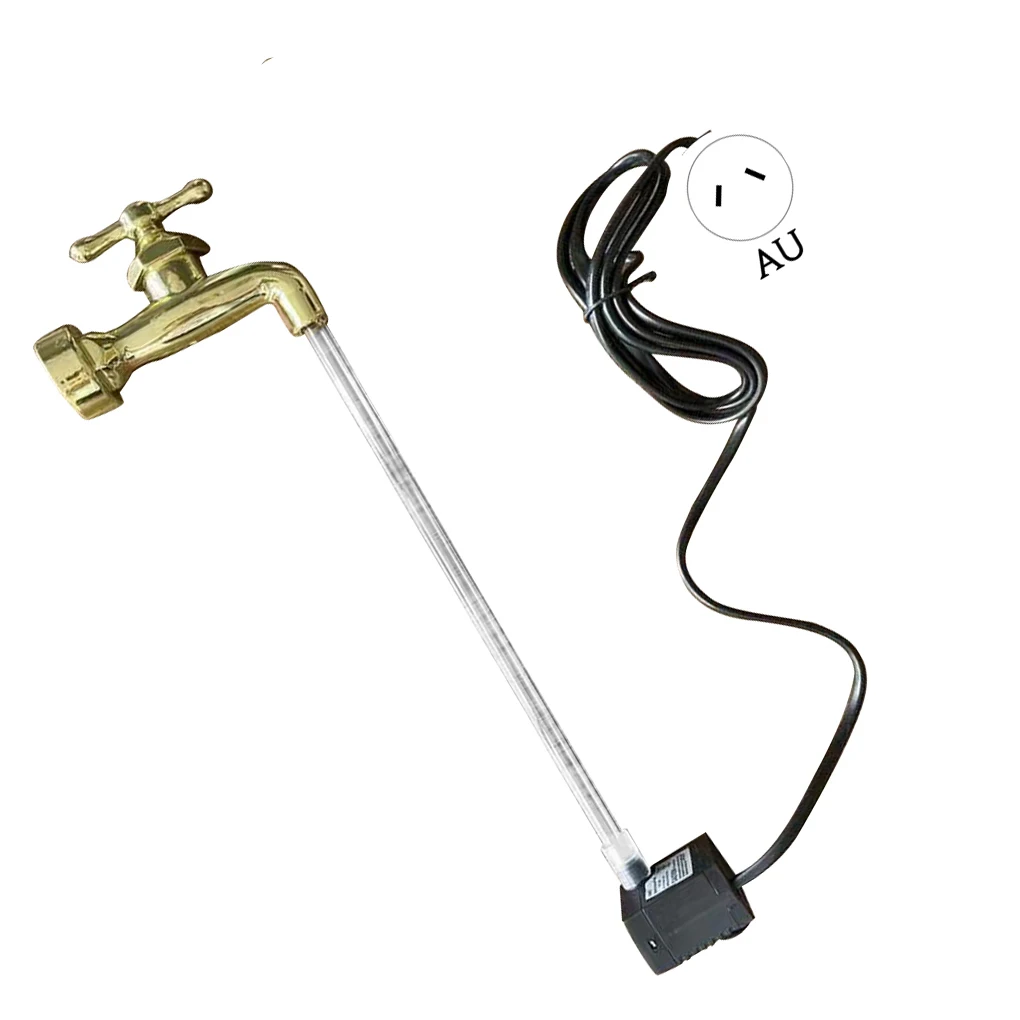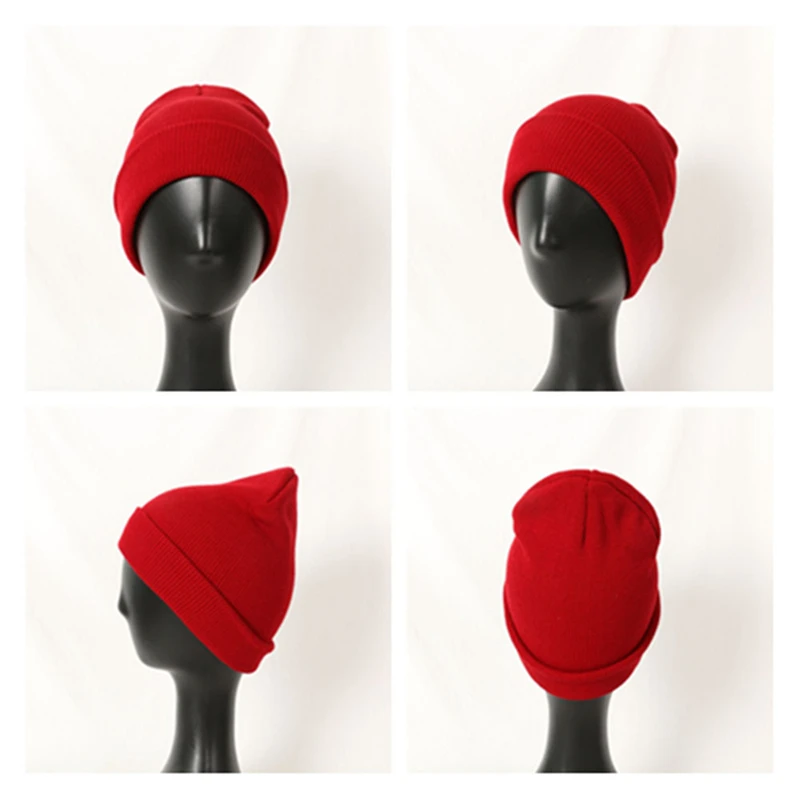Behringer CRAVE Paraphonic Analog and Semi-Modular Synthesizer with 3340 VCO


Behringer
sku: BECRAVE
ACCORDING TO OUR RECORDS THIS PRODUCT IS NOT AVAILABLE NOW
€ 152.71
Shipping from: United States
Description
Let the CRAVE Paraphonic Analog and Semi-Modular Synthesizer with 3340 VCO transport you back to the golden era of synthesis, where iconic sounds shaped the music of legends like Michael Jackson, Madonna, and Radiohead. This affordable homage to the classic Prophet-5 synthesizer retains all the hallmark features of the original and enhances them with modern functionalities, including a 32-step sequencer and an arpeggiator, for a seamless blend of vintage and contemporary soundscapes.Crafted with a pure analog signal path, the CRAVE synthesizer boasts an authentic 3340 Voltage Controlled Oscillator (VCO), offering pulse and sawtooth wave outputs for a rich and diverse sonic palette. The pulse waveform can be fine-tuned with the Shape switch, providing a spectrum from narrow pulses to full square waves, with a tuning range of +/- one full octave. The VCO's versatility is further amplified by modulation capabilities via the envelope or the low-frequency oscillator (LFO), and a Mix control to balance the internal VCO with the noise generator for expansive sound creation.At the core of the CRAVE's distinctive sound is the revered Classic Moog 24 dB ladder filter, allowing for extensive experimentation with Cutoff Frequency, Resonance, and Modulation. The filter Mode switch offers both Lo- and Hi-pass options, giving you the freedom to sculpt sounds that range from warm and smooth to sharp and cutting.Despite being a monophonic instrument, the CRAVE's 16-note Poly Chain feature enables you to link multiple units for up to 16-voice polyphony, significantly enhancing the instrument's versatility and polyphonic capabilities.The CRAVE is designed for immediate playability, with a default signal routing that requires no patch cables to start crafting incredible sounds. Its semi-modular architecture opens up a world of possibilities for those inspired by the synth-driven tracks of the '80s and '90s, as well as for creating groundbreaking new tones.The onboard sequencer and arpeggiator are intuitive and engaging, allowing for up to 32 steps of notes and rests to be programmed and saved as patterns. With the capacity to store and recall up to 64 patterns across 8 banks, the CRAVE encourages endless creative exploration.A fully-analog LFO with selectable triangle or square waveforms provides tactile modulation, while the noise generator and Glide function enable the creation of everything from subtle effects to soaring leads.With 47 hands-on controls, the CRAVE synthesizer is a dream for both seasoned synth enthusiasts and newcomers alike. The extensive 18 x 14 I/O matrix offers a vast array of patching options, further expanding the instrument's sound-shaping capabilities.Embrace the rich history of analog synthesis and make your mark on the future with the CRAVE Paraphonic Analog and Semi-Modular Synthesizer with 3340 VCO. Experience the joy of true analog sound creation and let your imagination soar with this modern classic. Visit Adorama to explore the captivating world of the CRAVE synthesizer and add this timeless instrument to your musical arsenal today. Music creation has never felt this inspiring!
Price history chart & currency exchange rate
Customers also viewed

€ 74.02
Мотоциклетная куртка, мужской водонепроницаемый Зимний теплый гоночный костюм, всесезонный мотоциклетный женский ветрозащитный дождь и осень, кожаный мотоциклетный костюм
aliexpress.com
€ 56.82
Редуктор коробки передач для гравировального Станка коэффициент 1:5, 1,25 м, 1,5 м, для ЧПУ 34 86 шаговый двигатель линейный спиральный зубчатый ремень
aliexpress.ru
€ 43.58
Передний кронштейн на руль мотоцикла, обтекатель, защита хомута для Yamaha Tracer 900 Tracer 900GT 2018-2020, детали
aliexpress.ru
€ 36.66
Фотоэкскаватор для EC210B средний рычаг, комплект для ремонта масляного цилиндра 14589131, аксессуары для уплотнения
aliexpress.ru
€ 12.03
New Summer Baby Clothes Suit Children Boys T-Shirt Shorts 2Pcs/Sets Toddler Girls Clothing Infant Casual Costume Kids Tracksuits
aliexpress.com
€ 20.79
7XL 8XL Men's long sleeve Shirt Spring Summer Oxford spun 100% cotton casual High quality no-iron plaid extra large size fashion
aliexpress.com
€ 13.12
Fashion Women's Camouflage Coat Autumn Print Long Sleeve Lapel Comfortable Casual Shopping Wear Ladies Loose Jacket
aliexpress.com
€ 10.04
Snoopy Large Capacity Makeup Bag Portable High Aesthetic Travel Organizer Cartoon Fashion Storage Toiletry Bag
aliexpress.com
€ 9.65
6pcs/set 6pcs/set Embroidery Mesh Bag Laundry Wash Bag Thickened Double Bra Underwear Care Washing Machine Dirty Laundry Bag
aliexpress.com
€ 9.35
Men's Jaguar logo printed jacket, fashionable trench coat, outdoor sports jacket, autumn/winter top.
aliexpress.com
€ 3.37
Алмазная живопись «Фламинго» 5D «сделай сам», картина с красным журавлем, вышивка крестиком, полная выкладка, квадратная мозаика, картина дл...
aliexpress.ru
€ 1,426.15
Multifunctional Pork Mutton Beef And Mutton Roll Slicer Hot Pot Freezing Meat Slicer
aliexpress.com
€ 4.20
Pogue Life Outer Banks Hoodie Men Women's Fashion Hooded Sweatshirt Kids Clothing Boys Clothing Hip Hop Harajuku Casual Hoodies
aliexpress.com
€ 4.75
Floating Faucet Water Fountain Kits Magic Tap Running Lights Holiday Gift Invisible Flowing Spout Watering Can FountainYard Art
aliexpress.com
€ 9.41
Animal Pattern Tapestry Wall Hanging Room Decor Tiger Panda Floral Print Background Cloth Wall Tapestry Bedroom Home Decoration
aliexpress.com
€ 3.09
Katsuki Baseball Caps Peaked Cap Berserk Berserker in Norse Mythology Sun Shade Hats for Men
aliexpress.com
€ 7.71
6V 2W 580mm TV Lights Backlighting For TCL 32inch JL.D32061330-081AS-M L2202 2Pcs/Set Led TV Backlight Strip MS-L1343 LED03721A
aliexpress.com
€ 3.19
Ladies Set Vintage Women Short Sleeve Tops Pants Set 2 Colors Trousers Pocket for Home
aliexpress.com
€ 0.80
Детская вязаная шапка, однотонная, осенне-зимняя, теплая, шерстяная, с капюшоном, 2021
aliexpress.ru
€ 2.22
Waterproof Folding Backpack Men Women Hiking Backpack Travel Trekking Bag Daypack Outdoor Sport Bag Foldable Storage Bags
aliexpress.com
€ 9.47
New Ball 130Ml Air Humidifier Electric Aroma Diffuser Aromatherapy Essential Oil Cool Mist Maker 7 Color Light Dark Wood Grain A
aliexpress.com
€ 14.80
UNTIOR Microfiber Self-twisted Spin Mop Magic Hand-Free Washing Floor Cleaning Dust Mops With Removable Replace Mop head
aliexpress.com
€ 7.04
Digital Printed Outdoor Multifunction Breathing Mask Outdoor Headwear Sports Tube Face Mask for Workout Yoga Running Hiking
aliexpress.com
€ 10.62
WOSTU 925 Sterling Silver Spring Flower Fairy Beads Charm Fit Original Women Bracelet & Necklace Beads Making Jewelry BKC760
aliexpress.com
€ 9.33
10CM Anime Danganronpa Cosplay Naegi Makoto Nagito Komaeda Printed Body Soft Adorable Plush Doll Pendant Key Chain Gifts
aliexpress.com
€ 9.13
Extremadura Map Flag Baseball Cap Anime custom Hat party Hat Kids Hat Women's Men's
aliexpress.com
€ 27.48
2025 New summer foreign trade chenille sofa blanket sofa towel dust cover four seasons anti-cat scratch sofa blanket
aliexpress.com
€ 1.87
Soft Solid Color Fleece Balaclava Hat Breathable Windproof Hike Cycling Cap Neck Warmer Pullover Helmet Hat Outdoor
aliexpress.com
€ 1.38
Black Us Plug Aquarium Color Changing Bubble Lamp Led Diving Light Fish Tank Illumination Energy Saving Plant Growth Light
aliexpress.com
€ 8.03
1pcs Friction Resonance Marimba Wooden Long Handle Gong Percussion Instrument Black Gong for Performance
aliexpress.com


